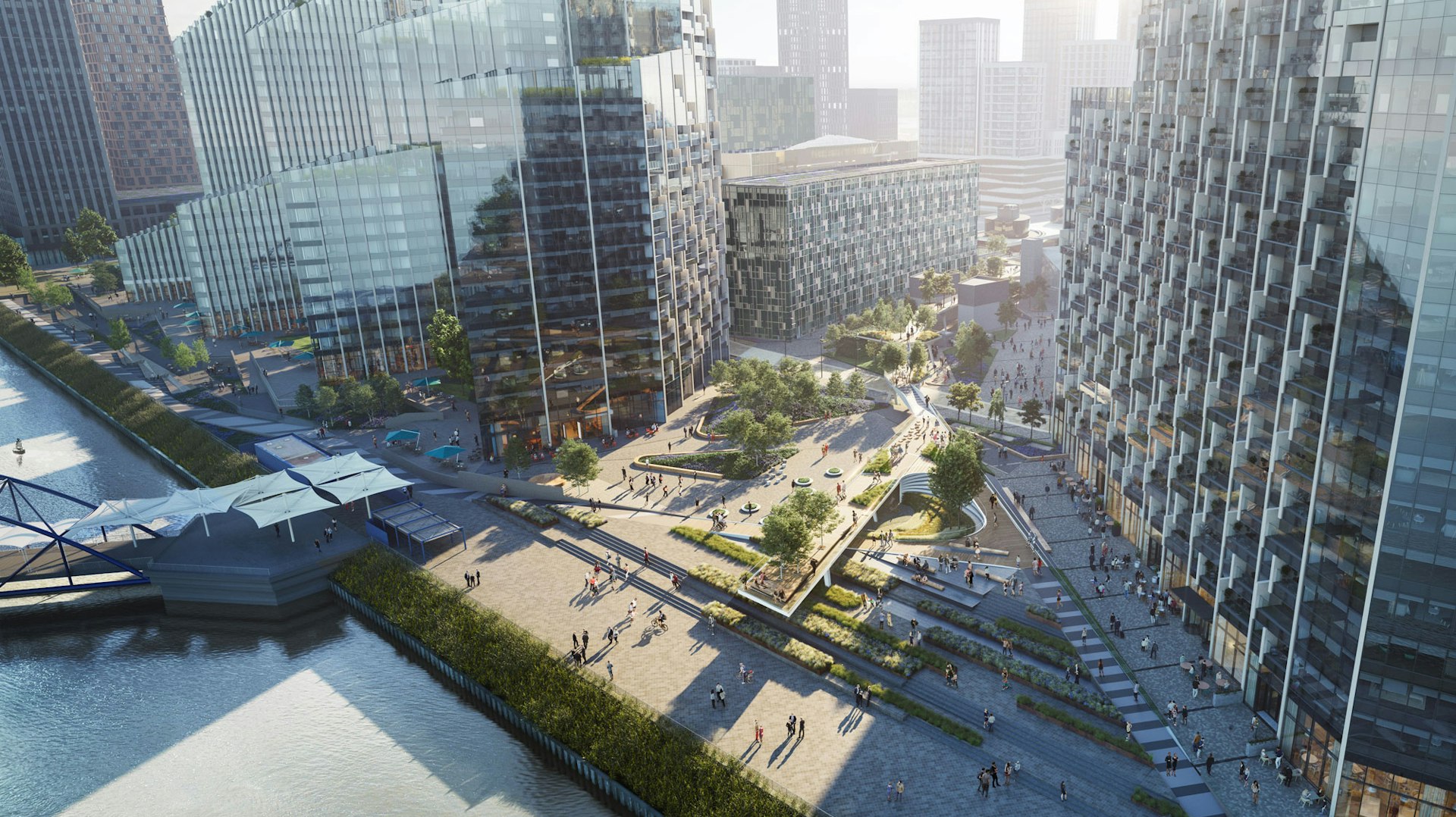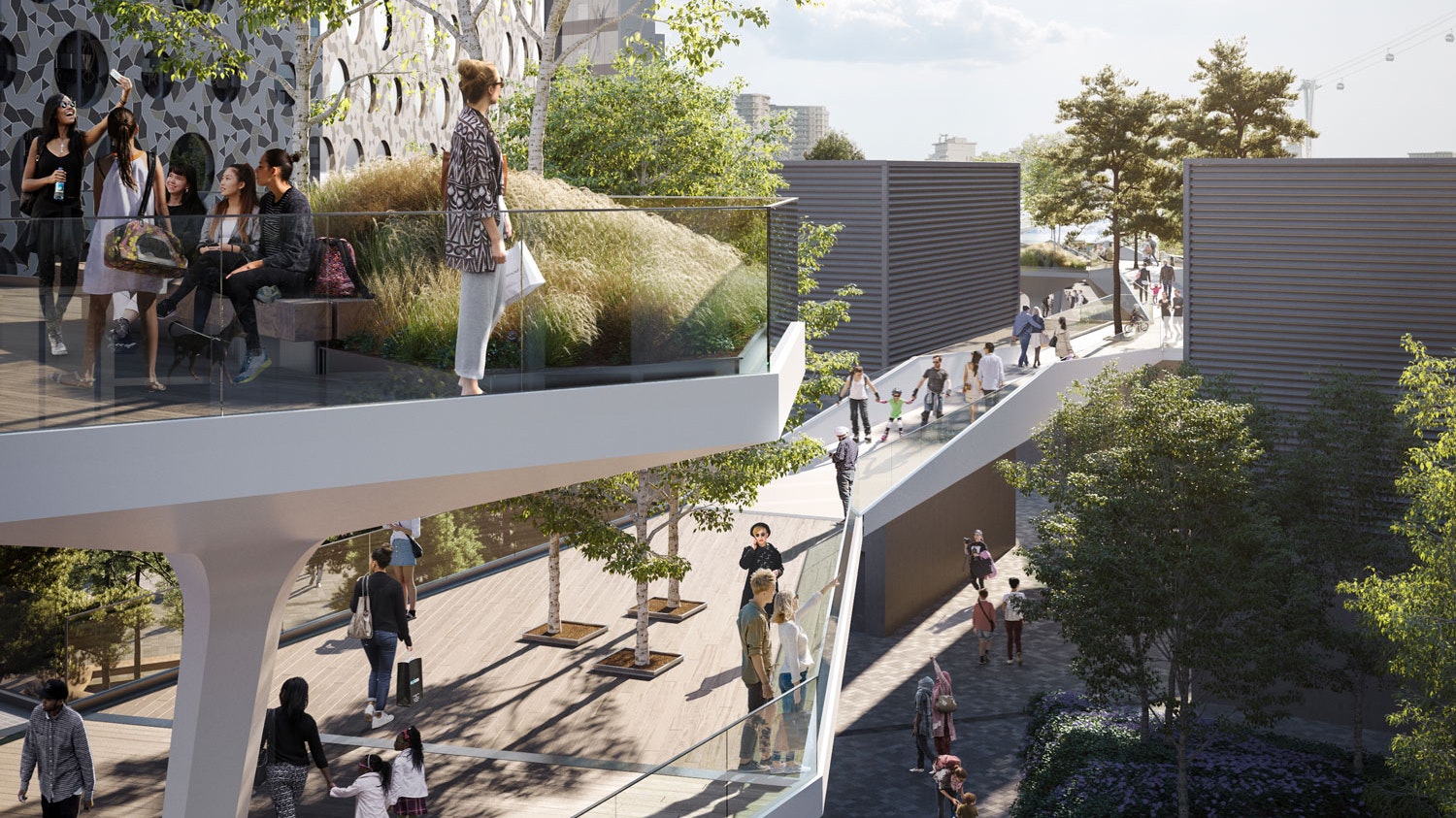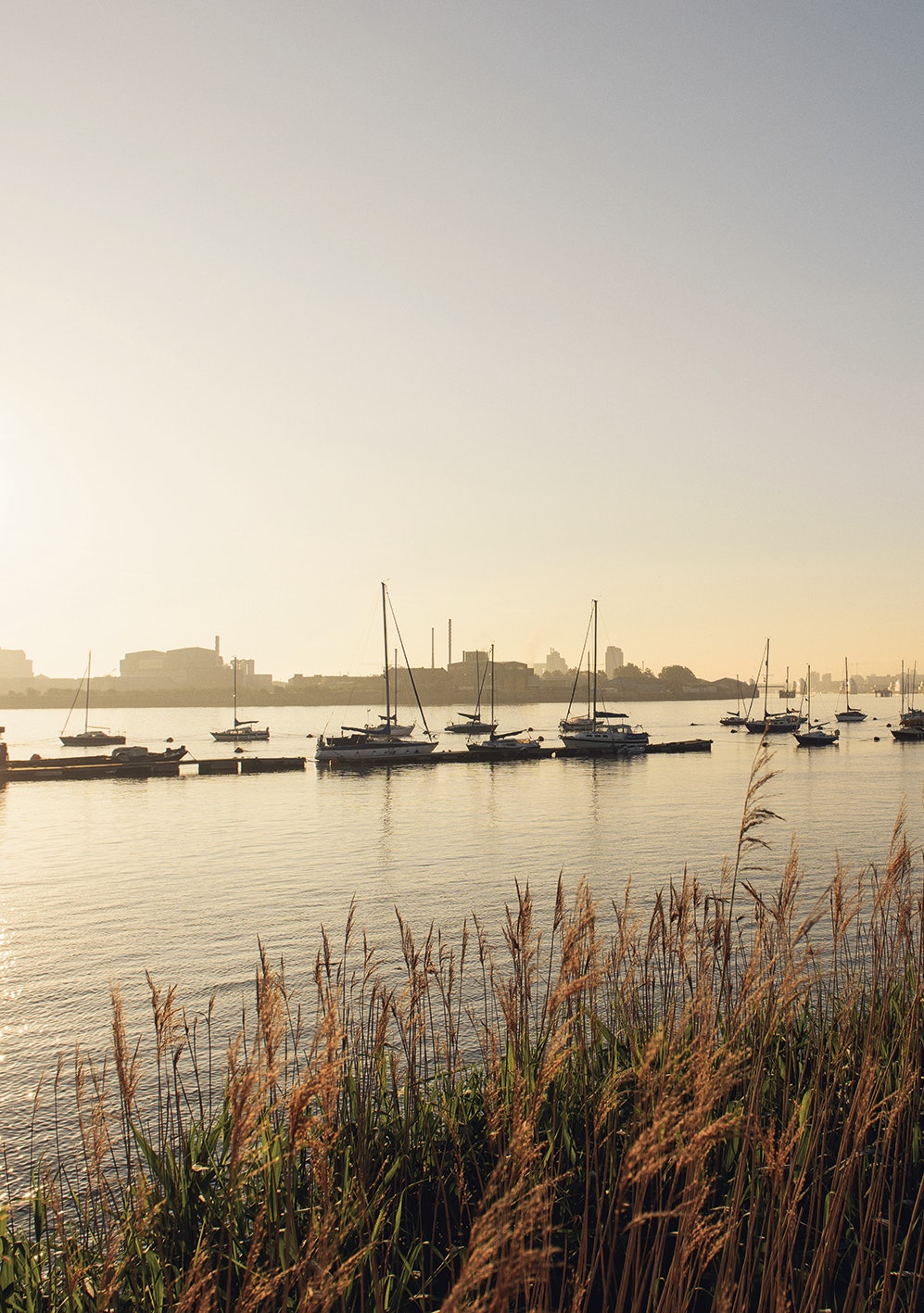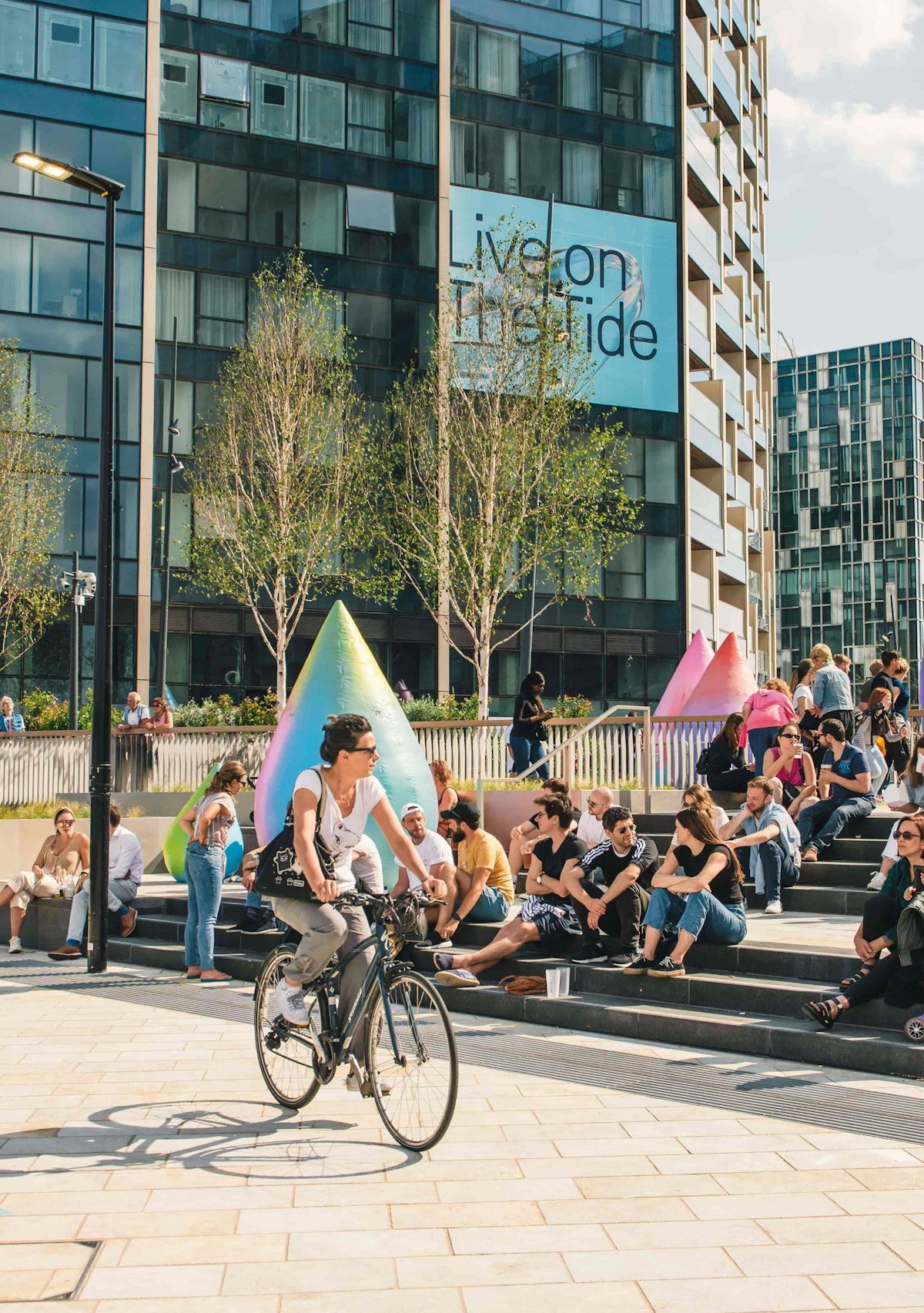
The Tide's Coming In
It has been a decade since the first stretch of the High Line opened in New York, and since then architects and developers all over the world have been trying to replicate it. But on Greenwich Peninsula, something a little bit different is happening.
Rather than simply creating a copycat of that pioneering elevated parkway, developer Knight Dragon has instead enlisted the co-designers behind it, Diller Scofidio + Renfro (lead), in partnership with Neiheiser Argyros, to show what else they can do. The result is The Tide, a riverside park that, once complete, will loop through all of the Peninsula’s seven neighbourhoods.
“I think we were very mindful that they worked on the High Line - they’ve learned from that and taken the winning ingredients,” explains Matthew Dearlove, head of design for Knight Dragon, “as well as created a language and design that is unique in character to the Peninsula.” What the Peninsula has that the High Line doesn’t, of course, is 2.5km of waterfront. Long stretches of The Tide will run alongside the river path, and where it doesn’t, 10m-high platforms will make it pretty easy to orientate yourself to the Thames.
While proximity to the river is the Peninsula’s greatest asset, it also presented an enormous challenge. “It’s quite a big barrier,” explained Dearlove. “Unlike King’s Cross or Earl’s Court, pieces of city you pass through on the way to somewhere else, you’ve got to have a reason to come here.”
For the majority of Londoners, taking the tube to North Greenwich usually means one thing – a visit to the O2, followed by a swift exit. The Tide will allow people to linger, maybe even spend a whole day in the area. Its ability to deliver on this goal will be the key to its success or failure. One way it will do this is with an impressive array of art – the area is already home to pieces by the likes of Antony Gormley and Richard Wilson, and new works by Damien Hirst, Allen Jones and Morag Myerscough are coming this summer. Other big draws include feasts on London’s largest outdoor picnic table, urban gardening workshops at The Jetty and waterside exercise classes, before enjoying a shower and fresh juice at The Tide Clubhouse. It’s safe to say there will be plenty of space to unwind here.
There are also more subtle details that add to the richness of the scheme. Designed by landscape architects Gross Max, the landscaping will favour native plants as well as exotic species, from silver birch and pine trees, to long grasses and wildflowers. Wooden lounge benches will create places where you can watch the sunset over the water, and audio meditation points for the stressed-out Londoner will be dotted along the route. There’s little, it seems, that hasn’t been thought of.
The first kilometre stretch of The Tide opens to the public on 5 July. When it does, the High Line comparisons will undoubtedly come, particularly because the headline feature of this section is a series of raised “islands”, connected by elevated bridges. But it would be a mistake if the comparison ended there. At the points where it does come down to ground level, it offers moments that are less about showstopping architecture and more about real, useable public space.
“I think we were very mindful that they worked on the High Line - they’ve learned from that and taken the winning ingredients”
Dearlove explains that though initially The Tide will quite clearly begin at the tube station and end at The Jetty, in time the idea of a start and finish will become more blurred (although a recurring black and white stripe pattern on the ground will ensure you never unwittingly stray from the path). If you live on the Peninsula, the start could very easily be your front door, as you head out for a morning jog. It could just as easily be the O2, before you stroll into your gig.
The Tide actually has the potential to become something never before seen in London – a park that is truly of its time, that connects us with each other and with nature, interwoven within the homes and workplaces of an area, uniting local communities with the rest of the city, while never forgetting its connection to the river.







